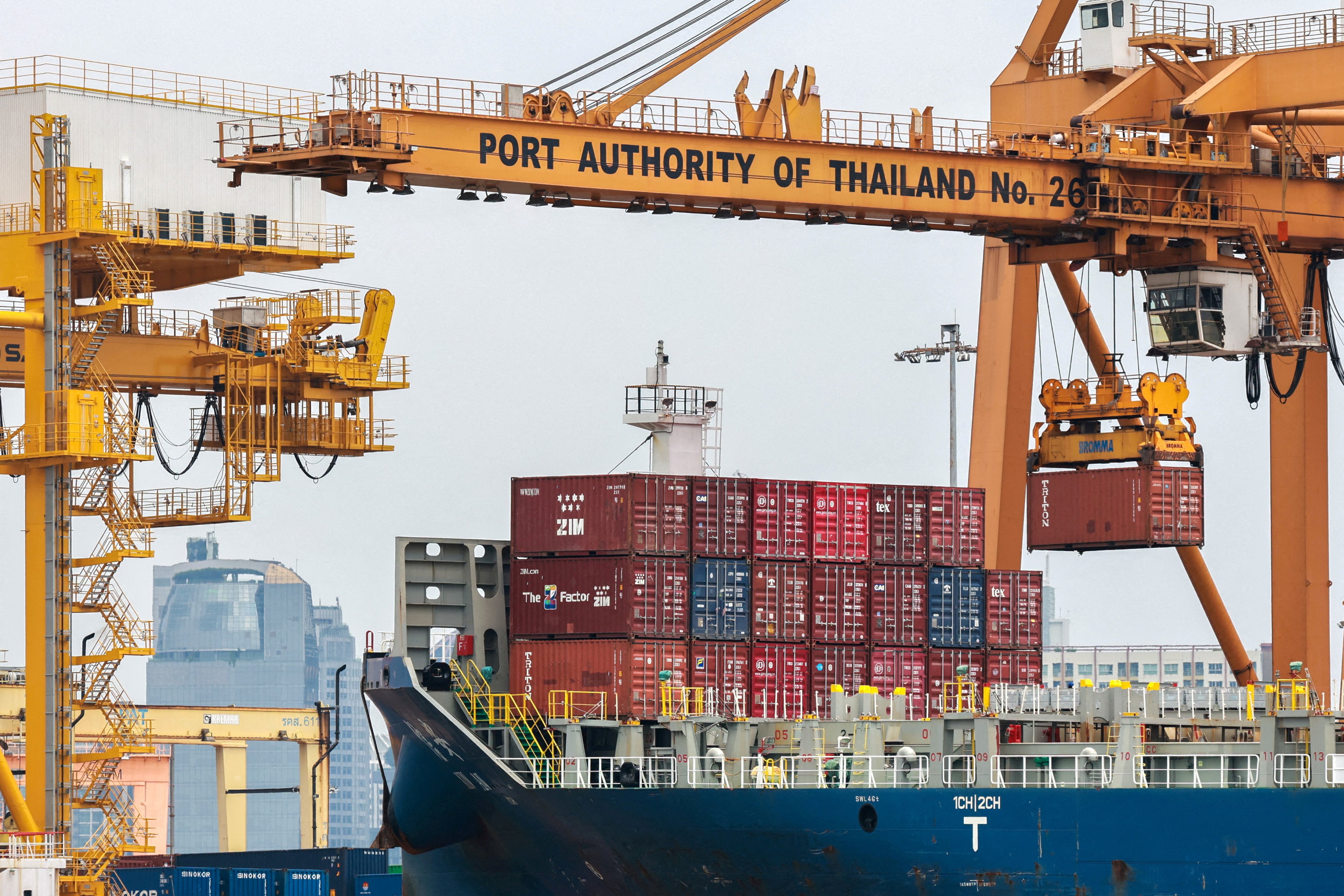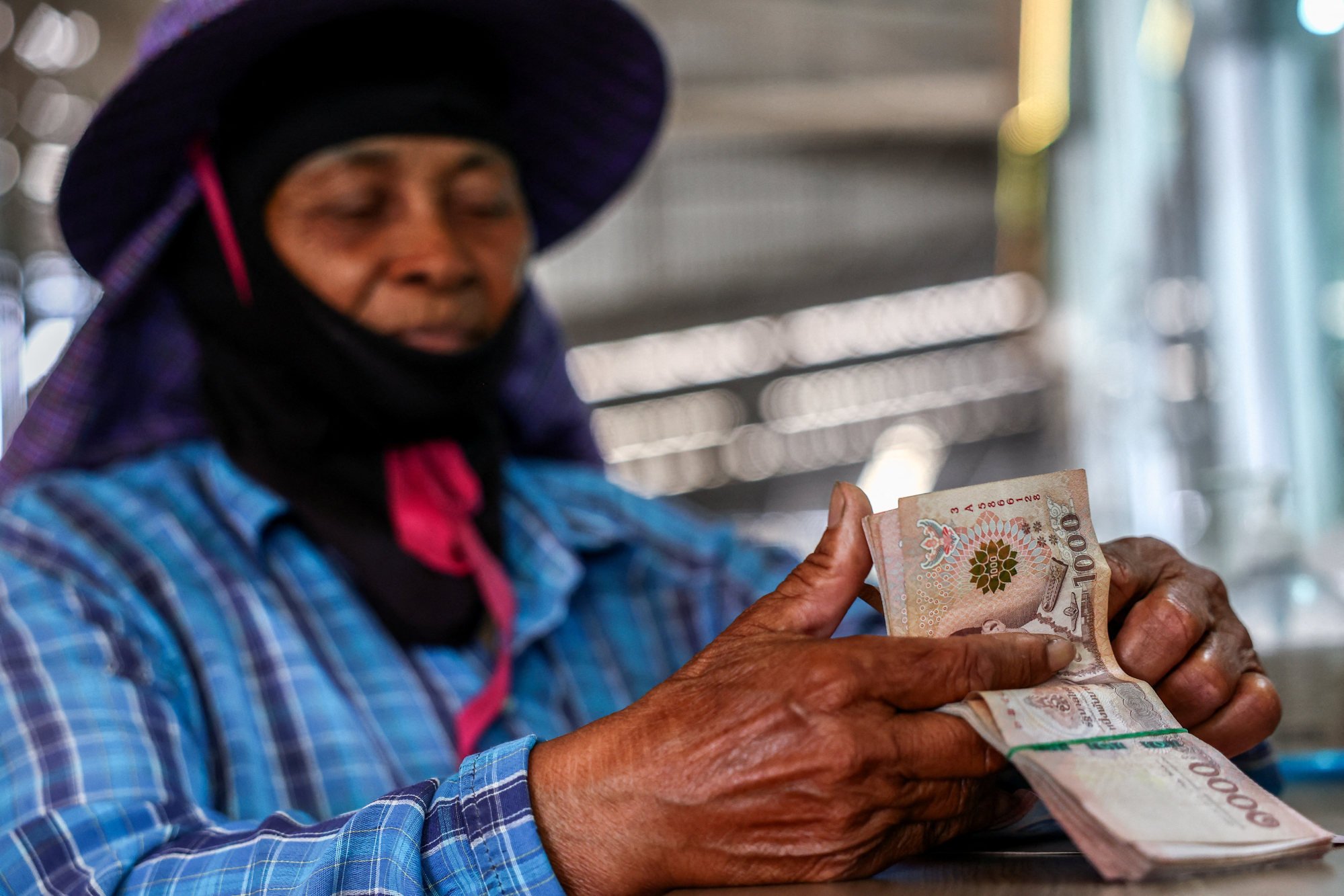Trump’s tariffs: can Thailand escape the US trade trap after 90 days?
Thailand is seeking to boost imports from the US to address the challenges of Trump’s tariffs, but this is unlikely to improve its economic position

US President Donald Trump’s “Liberation Day” tariffs pose major challenges for trade-dependent economies, including Thailand. In response, the Thai government has prioritised increasing imports from the United States and diversifying export markets. While the 90-day pause of tariff escalation offers relief, it risks fostering complacency, as the government’s current approach may prove inadequate.
The new US tariffs came as a shock to many for two key reasons. First, the tariffs apply to imports from nearly all countries. Second, the tariff rates are considerably higher when compared to the US’ current “most favoured nation” weighted average. Thailand now faces a 36 per cent tariff. Cambodia a 49 per cent tariff, Laos 48 per cent and Vietnam 46 per cent. Even with the 90-day pause in tariff escalation announced on April 9, a new minimum rate of 10 per cent remains in effect for goods imported from all countries.
The consequences will be particularly harsh for trade-dependent developing countries like Thailand. Since the late 1970s, trade has been a major driver of rapid economic growth and structural change in the country, shifting labour from agriculture to manufacturing and services.
A distinctive feature of Thailand’s trade framework is its ability to create jobs through labour-intensive manufacturing exports. Since 1990, liberal trade and investment policies, along with lower transport and communication costs, have deepened Thailand’s integration into global value chains. Today, the country is a major hub for the automobile and electronics industries.
In this context, Trump’s tariffs are set to have a substantial effect on the Thai economy. The US is the country’s largest export market, accounting for about 17 per cent of total exports. Thailand has long maintained a trade surplus with the US, and exports remained strong even during the Covid-19 pandemic, showing their strong economic connections.
As Sino-US trade tensions have escalated, many of the items exported from Thailand to the US between 2018 and 2022 were once sourced from China. This includes electronics appliances, air conditioners, hard disk drives, photosensitive semiconductors and image sensors. More crucially, Thailand is heavily reliant on the US market for many products.
My calculations show that around 10 per cent of Thai exports shipped to the US derive over 50 per cent of their total export value from the US market. This spans a wide range of products, including new pneumatic tyres, refrigerators and photosensitive semiconductor devices. This heavy reliance makes Thailand highly vulnerable to US policy shifts, regulatory changes and broader economic disruptions.
Similar to other developing countries such as Vietnam and Indonesia, the Thai government has opted to increase imports from the US. Whether a more balanced trade relationship is a worthwhile goal is a separate issue, but simply increasing imports is unlikely to substantially enhance Thailand’s situation. This is because Trump’s concerns over the trade deficit may extend beyond mere figures, focusing more fundamentally on trade barriers.
Just days before Trump announced his Liberation Day tariffs, the Office of the United States Trade Representative released the 2025 National Trade Estimate Report on Foreign Trade Barriers. The report outlines measures and policies of about 60 trading partners that restrict, prevent, or hinder the international exchange of goods and services.
For Thailand, trade barriers include both tariffs – especially on agricultural goods – and non-tariff barriers such as import bans, licensing requirements, tariff-rate quotas, import permit fees, and a controversial incentive system for customs officials who initiate investigations or enforcement actions.

Technical barriers to trade also remain in place for many products, such as dairy items, animal-derived products and beef. Though Thailand is not alone in maintaining these trade barriers, they appear more problematic when considered alongside the growing trade imbalance between Thailand and the US over the past decade, notable for both its magnitude and speed of growth. All this suggests that simply importing more from the US is unlikely to resolve the deeper trade friction between the two countries.
Should the Thai government, then, consider export diversification alongside its effort to increase imports from the US? Given the size and depth of the US market, it remains unclear how much Thailand can, or should, diversify away from it.
Diversification involves more than just finding new buyers outside the US; it requires a broader reconfiguration of global supply chains to reduce dependency and enhance resilience. This is particularly relevant for Thai exporters engaged in original equipment manufacturing, such as those producing photosensitive devices and image sensors.
These firms typically operate under contract for large multinational brands, supplying highly specialised components within tightly integrated global value chains. Such manufacturers often link producers closely to a limited number of dominant lead firms, which restricts the ability of Thai exporters to shifts toward new markets.
One strategy has been to expand free trade agreements (FTAs). Currently, Thailand has 15 FTAs in place with various partners. Multilateral frameworks like the Association of Southeast Asian Nations and the Regional Comprehensive Economic Partnership further boost export potential by widening market access and enhancing regional integration. New agreements with blocs like the Pacific Alliance and MERCOSUR also hold promise.
However, the pursuit of additional FTAs comes with its own set of challenges. For businesses, complying with rules-of-origin requirements can be costly and complex, potentially limiting the practical benefits of expanded trade deals. While expanding FTAs offers significant opportunities for market access and economic growth, addressing the complexities of compliance and ensuring that businesses can fully capitalise on these agreements will be crucial to their success.
The Thai government must go beyond a short-term outlook and allocate resources to address non-tariff barriers, reconfigure supply chains and enhance the competitiveness of the private sector. This includes targeted fiscal policies, R&D investment and regulatory reform. Without a cohesive strategy, Thailand risks losing its competitive edge in global value chains and facing long-term disruption.
Wannaphong Durongkaveroj is a Visiting Fellow at the ISEAS – Yusof Ishak Institute and an Associate Professor in the Faculty of Economics, Ramkhamhaeng University, Thailand. This article was first published by ISEAS – Yusof Ishak’s commentary website fulcrum.sg.